POWERFUL courtesan drama Pakeezah marks its 50th anniversary on February 4.
One of the greatest Bollywood films in history has become iconic since it released in 1972 and gave a career-defining performance to lead star Meena Kumari, who is widely regarded as the most technically gifted leading lady in Hindi cinema history.
While the film about a tragic courtesan not finding the happiness she desperately desires and her daughter seemingly following the same path had a gripping storyline, what was perhaps even more interesting is the journey it took to getting made. And how the real-life suffering of Meena Kumari also mirrored the double role she portrayed. That is why it is important to start at the very beginning.
Also Read | Meena Kumari: Top 12 films of a legendary Bollywood actress

Kamal Amrohi wanted to work in the film industry and got his lucky break after singing superstar KL Saigal recommended him to Minerva Movietone film company. The 20-year-old started working as a writer on the movie Jailor (1938) and encountered a precocious five-year old named Baby Mahjabeen, but didn’t select her for the small role he was trying to cast. He would slowly work his way up through the Bollywood ranks and eventually make a winning directorial debut with smash-hit film Mahal (1949).
Meanwhile, Baby Mahjabeen would become a successful child star and transition effortlessly to become the leading lady known as Meena Kumari. The in-demand teenager was immediately cast opposite the biggest leading men, including Mahal lead star Ashok Kumar in Tamasha (1952). In the 1940s, big thinking filmmaker K Asif had set out to make his dream project Mughal-e-Azam (1960) and had roped in gifted writer Kamal Amrohi for the dialogues but was facing incredible challenges. Amrohi had the idea of making the movie Anarkali on the same subject and was recommended Meena Kumari by Ashok Kumar. A series of events, including getting threatened by K Asif, financial issues and Meena Kumari having an accident, led to the project being shelved. But by now the two of them fell in love and on February 14, 1952, 19-year-old Meena Kumari secretly wed with the already married, and much older, Kamal Amrohi. In 1953, he wrote and directed the film Daaera with his young wife playing the lead role.

Meena Kumari became a sensation, winning the first two Best Actress trophies at the newly launched Filmfare Awards and starring in unforgettable classics. At the same time, everyone was talking about K Asif’s epic Mughal-e-Azam and Amrohi was desperate to make a landmark movie of his own, with his superstar wife Meena Kumari playing the lead role, which led him towards conceiving the idea for Pakeezah in 1954 as a black and white venture.
While her career continued to soar, the film, which initially began production in 1956, was beset by problems, which stalled his career as a writer-director. The actress had left a controlling family, who would take her earnings, and thought she had found her happy ever after with Amrohi. But not long after her marriage there were multiple stories of abuse. Amrohi became controlling of his superstar wife, with whispers that he was physically and mentally abusive. There were even stories that he would get his assistant to badly beat her in front of him when she didn’t obey his strict orders.
Driven on by the record-breaking success of Mughal-e-Azam, Amrohi put everything into his dream project, including starting all over again when cinemascope and technicolour were introduced into India. The project kept stalling and finally ground to a halt when she finally walked out on the abusive marriage in 1964.

By now he had invested heavily in a studio and new technology, which led to the film’s budget going way over. Meanwhile, Kumari had become increasingly dependent on alcohol and affairs with high-profile celebrities to cope with past traumas, heartbreak, and pressures of stardom. Her health started to decline and with none of her high-profile suitors willing to give her the security that she desired, her mental wellbeing suffered. Everyone seemingly continued to take advantage of her.
Amrohi was so desperate to complete the film that in 1968 he wrote an open letter to his estranged wife saying that Pakeezah was like a sinking ship and could only reach shore with her help. He showed completed reels of the film to legendary Bollywood couple Sunil Dutt and Nargis, both of whom thought the magnificent looking film needed to be completed and played peacemaker. In early 1969, she wrote an open letter agreeing to complete the dream project for one gold coin.
By now the film’s original composer Ghulam Mohammed had passed away and his mentor Naushad was brought into do the background score. Out of the original 20 songs recorded, only around half were used and later an LP of the unused songs was released.

In 1967, the film’s legendary cinematographer Josef Wirsching had also passed away and so a replacement, who could match the style, had to be brought in. Dharmendra was originally cast in a lead role but was replaced by Raaj Kumar after his close relationship with Meena Kumari had come to the attention of Amrohi. In fact, what many are not aware of is that the baraat sequence was already shot with him, but his face is covered and when the groom lifts the sehra (headdress), it’s Raaj Kumar.
The biggest problem was that Meena Kumari’s health was deteriorating at a rapid rate and her body shape had changed. So, actress and dancer Padma Khanna was used as her body double in many places, including for an entire song where her face is not seen. Many legendary stories from behind the scenes emerged in subsequent years, including the fleet of production cars being stranded in the desert one night and armed men who had come to rob them having a change of heart when they discovered their favourite star Meena Kumari was an occupant, and instead protected them.

After incredible challenges, the film was finally complete. Months before the premiere, Meena Kumari had felt she was going to die soon and was bursting to see the completed dream project. The desperately unwell actress mustered up all the strength she had for the premiere at the legendary Maratha Mandir cinema on February 4, 1972, and wore an elegant white outfit.
A month later, she was admitted to hospital and Amrohi visited to say a final farewell to his muse. On March 31, 1972, Bollywood’s technically most gifted A-list leading lady passed away and this triggered a wave of emotion that led to the film becoming a huge hit. That wasn’t the end of Pakeezah’s remarkable story.
Filmfare gave Shanker Jaikishen the Best Music award for their forgettable Beimaan (1972) songs. Even though Pran played a lead role in Beimaan, the outraged actor turned down his Best Supporting Actor award because he felt Ghulam Mohammad deserved the win for Pakeezah. As the years passed, the film became iconic and influenced everything, from the legendary Umrao Jaan (1981) to Devdas (2002) to Sanjay Leela Bhansali’s hotly anticipated new web series Heeramandi, which revolves around the lives of courtesans of Lahore. None have matched the iconic status of Pakeezah, which marks 50 years this month.





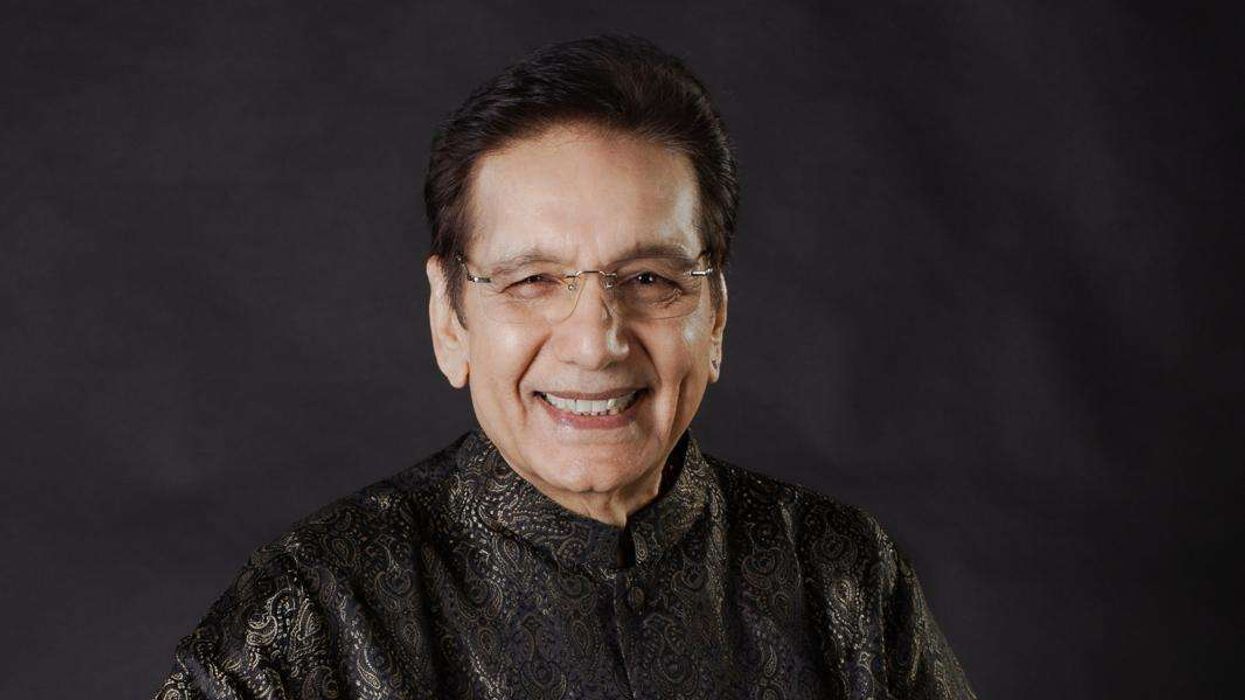
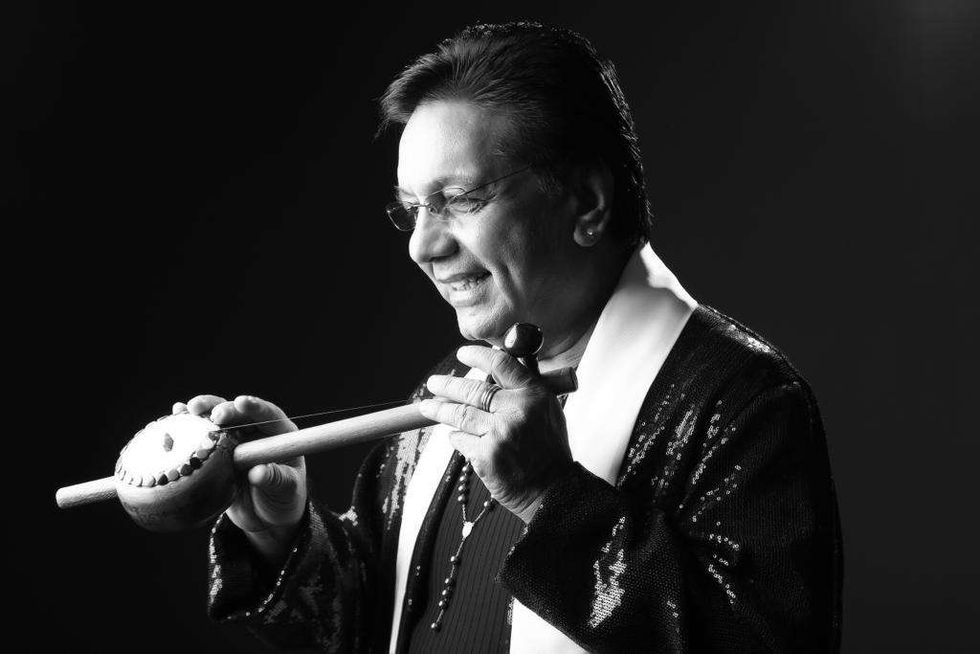 Channi Singh OBE — founder and frontman of the pioneering bhangra band AlaapChanni Singh
Channi Singh OBE — founder and frontman of the pioneering bhangra band AlaapChanni Singh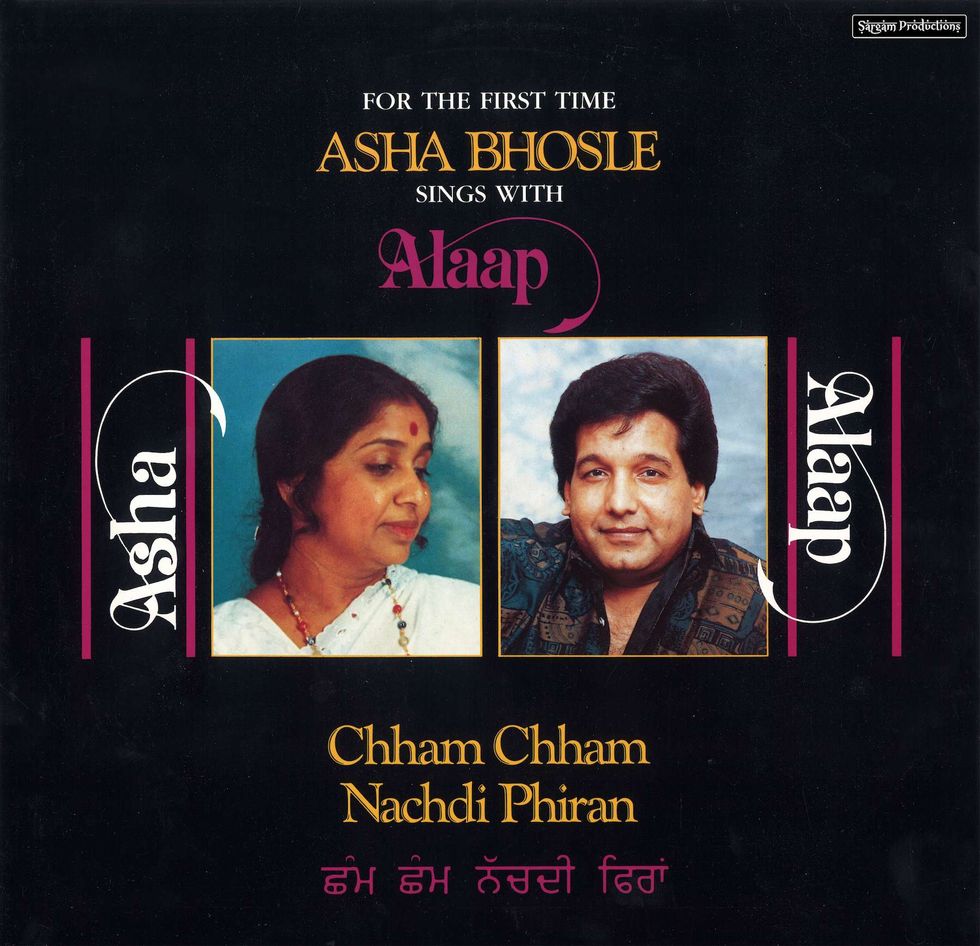 Chham Chham Nachdi Phiran (with Asha Bhosle)Channi Singh
Chham Chham Nachdi Phiran (with Asha Bhosle)Channi Singh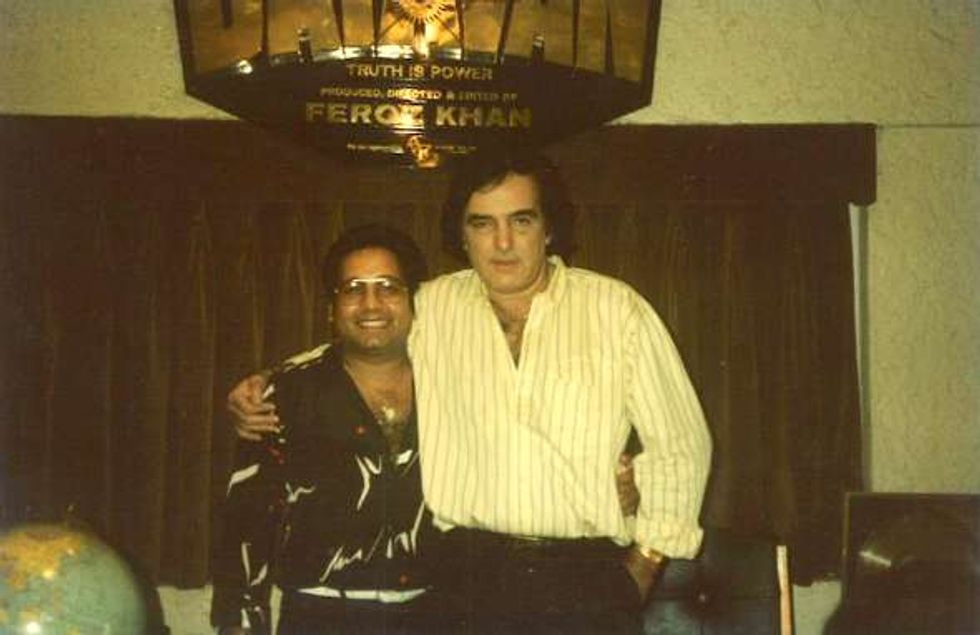 Channi Singh with Feroz KhanChanni Singh
Channi Singh with Feroz KhanChanni Singh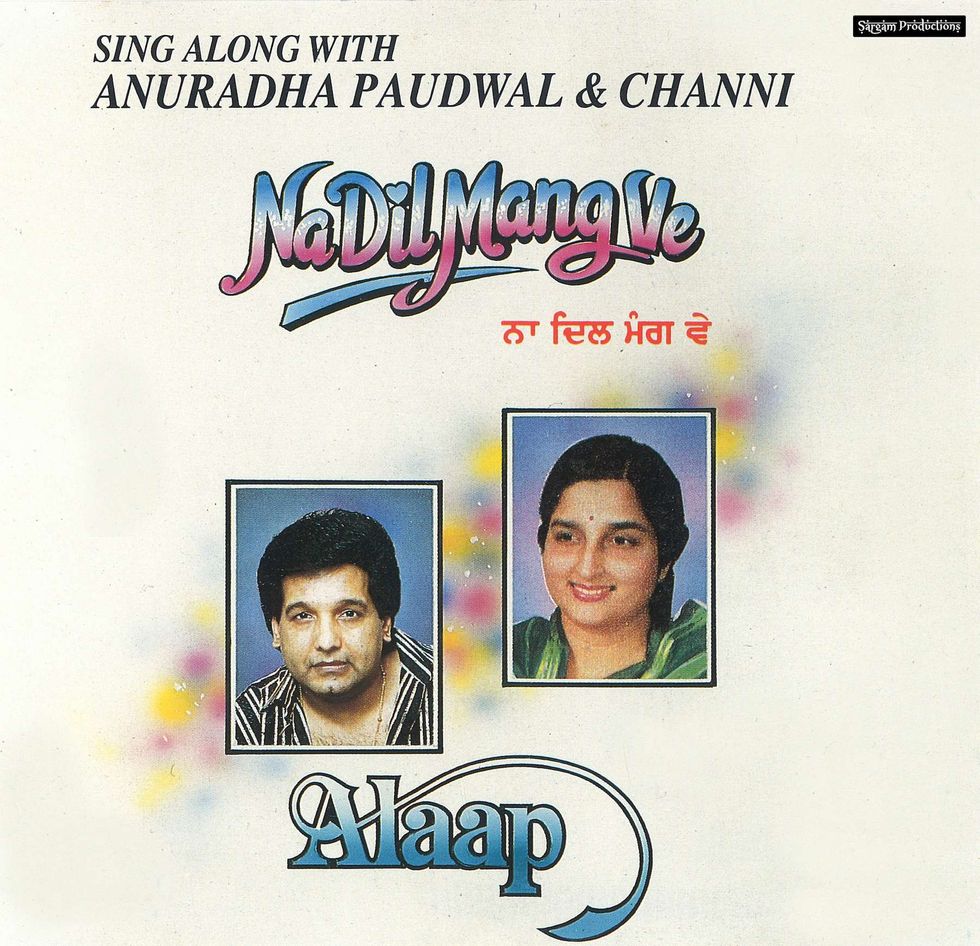 Na Dil Mang Ve (with Anuradha Paudwal)Channi Singh
Na Dil Mang Ve (with Anuradha Paudwal)Channi Singh






